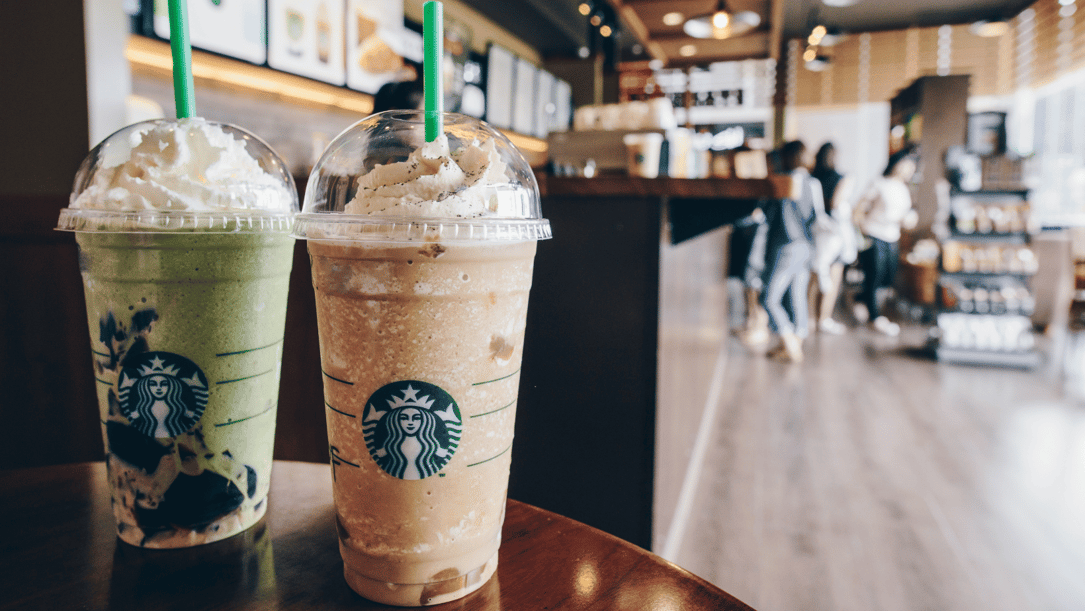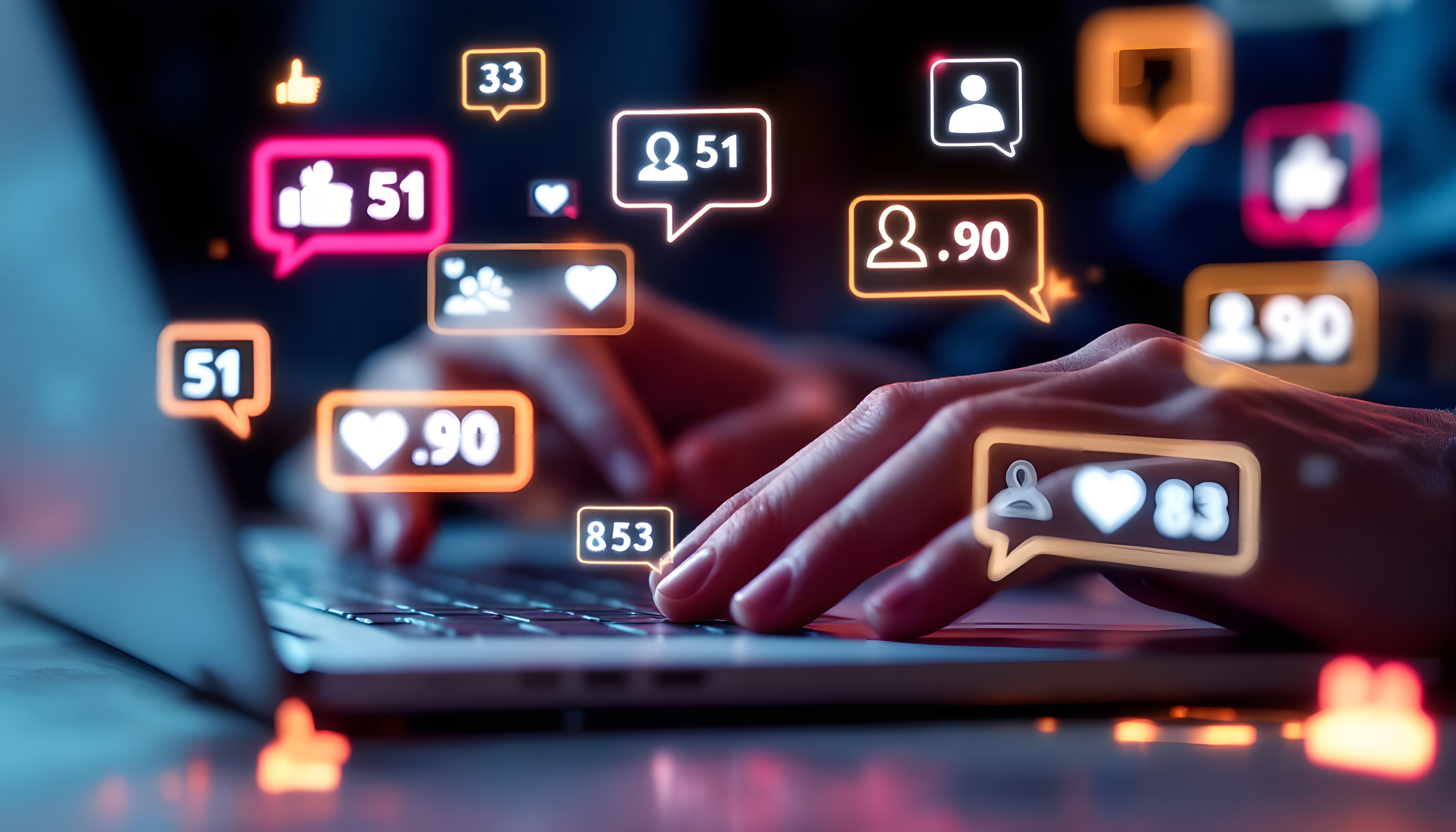Starbucks Billion Dollar Business Strategy: Cold Customized Drinks
There aren’t many restaurants that can show a decades-long track record of success.
But Starbucks can.
From sharing its coffee with espresso bars in 1982 to launching a gold-standard restaurant app in 2009, Starbucks has been synonymous with “successful business strategy” for decades.
And given its recent shift in business strategy, the brand seems keen on keeping it that way.
Over the past two years, Starbucks has been cooling things down strategy- and drink-wise, focusing more on cold, customizable drinks like the (TikTok-famous) Iced Shaken Espresso.
And, considering Starbucks has just been ranked the world’s most valuable restaurant brand (marking their 8th year in a row, might I add), it seems their new business strategy is going to be a multi-billion-dollar one.
Both literally and figuratively.
A Brief History of Starbucks Coffee
Before you can fully appreciate the longevity – and magnitude – of Starbucks' success, you need to understand how small it started, first.
The Seattle coffee brand opened the doors to its first, thousand-square-foot, single-employee store in Pike Place Market on March 30, 1971. Then, after a successful first year — and a whopping $46,000 in gross sales! — the brand opened its second University Village store in 1972.
Two stores in two years? An incredibly respectable start, for sure.
But here’s the kicker: neither of these stores sold any drinks.
Starbucks started out selling “whole bean coffee, tea, and spices” for the first decade of operations, without selling a single cup of brewed coffee until 1982.
That same year, Howard Schultz joined Starbucks as Director of Retail Operations and Marketing, turning the brand’s business strategy completely on its head… in a really, really profitable way. Here are his first few years of highlights:
- 1983 — Schultz travels to Italy & feels inspired by Milan’s espresso bars.
- 1984 — Schultz convinces Starbucks’ founders to turn the stores into a “coffeehouse,” and the first Starbucks® Caffè Latte is made and sold.
- 1985 — Schultz creates Il Giornale, a beverage company using Starbucks coffee beans to make drinks.
- 1987 — Il Giornale acquires Starbucks & opens the first international store in Vancouver.
With Schultz behind the wheel and international expansion underway, Starbucks continued on its strong, upward trajectory, straight into the next century:
- 1994 — Starbucks’ first drive-thru opened
- 2001 — Starbucks Cards started circulating
- 2009 — Starbucks Rewards program launched
- 2015 — The infamous Cold Brew iced coffee launched
- 2020 — Starbucks reaches 32,660 stores around the world
… and the rest is, as they say, history.
Follow Starbucks' digital footsteps by creating your own mobile app. Start with our Online Ordering Guide for Coffee Shops.
The Evolution of Starbucks’ Drinks Customizations
Okay, so we know Starbucks had a “zero to hero” transformation, mostly because of Schultz and his growth-focused business strategy…
But what about the cold drinks?
Well, perhaps unsurprisingly, Starbucks’ cold drink revolution was — and still is — all about growth-focused business strategy.
Since the early 2000s, bloggers, journalists, and coffee lovers alike have been talking about Starbucks’ seemingly impossible number of drink combinations — which, at the time, was “over 87,000” (but is now over 170,000!).
Seeing an obvious desire for consumer customization options, Starbucks began exploring what that type of customization could look like, starting with the crowd-favorite Frappuccinos.

In May 2010, Starbucks launched their However-You-Want-It Frappuccino Blended Beverage, allowing customers to choose their milk, coffee type, syrups, and toppings. Add a sweltering hot summer and a customization-focused marketing campaign to the mix, and what do you get? A 37% increase in profits, with sales stats higher than Starbucks had seen in over four years.
By 2015, Starbucks’ customization efforts were in full swing.
Media outlets started reporting on Starbucks customization options, noting that the app “lets you customize the drink to the nth degree.” Mobile ordering and in-app customization launched internationally, starting in Canada.
And, maybe most importantly, customization hacks started pouring out en masse. Social media feeds were filled with clickbait-y blog titles like “9 Hacks Every Starbucks Lover NEEDS to Try!” or “Secret Menu Tricks Your Barista Won’t Tell You!”
Now, in 2024, customization hacks are still a popular type of content… and Starbucks is definitely not complaining about it.
It's easier to customize on an app—especially when you've chosen a top tier online ordering system.
The Business Strategy Behind Going Viral
Since the beginning of the internet, social media has always been a part of Starbucks’ business strategy. The brand made its Facebook and Twitter debut in 2008, steadily growing to millions of followers on almost every platform — including TikTok, the newest one of the bunch.
If you look at Starbucks’ TikTok or Instagram accounts, you’ll see fun, relatable videos about coffee dates, puppaccinos, and — of course — customization tips.
But, in reality, brands like Starbucks aren’t on social media just to create their own content — they’re there for user-generated content (UGC).
UGC is “content created by social media users” that they post on their own channels for the world to see. Or, from a brand’s perspective, UGC is free advertising, free market research, and free hotspots for consumer engagement.
And Starbucks lovers are especially great at creating an almost limitless supply of UGC about their cold drink customizations and hacks.
A TikTok search of “Starbucks secret menu,” for example, generates thousands of highly popular, consumer-created videos, like this TikTok featuring “5 Secret Menu Drinks.” This simple, 30-second video does nothing but show off a range of aesthetic, “Insta-worthy” drinks. Yet, despite its simplicity, it’s garnered almost 5 million views, 52,000 saves, and 600 comments (a few of which even said the user went to try the drink themselves!).
Searching “Starbucks hacks” on Instagram offers a similar result, with thousands of carousels, reels, and posts about modifications for “secret menu” drinks and swaps to make drinks healthier or allergy-friendly.
Now, it’s worth saying that yes, social media platforms are extremely popular outside of Starbucks-specific content.
But is there any other brand that dominates UGC in the same, customization-focused way? If there is… I have yet to find it.
.png?width=1640&height=924&name=Starbucks-TikTok%20(1).png)
Where Starbucks Is Today (And Where They’re Going)
So, despite humble beginnings, Starbucks has risen to the top performance spot in the coffee industry, propelled forward by a customization-centric business strategy and an unwavering commitment to cold drinks, trend-spotting, and social media insight.
But is what Starbucks doing actually profitable or is it nothing more than a viral content starter?
Well, considering the past few years of sales stats… most definitely the former (although going viral on TikTok for delicious, customizable drinks never hurts.)
In Q4 2022, Starbucks announced that 60% of all drinks sold in the US were customized, contributing to an incredible $1 billion in sales generated just by modifiers (A.K.A. the customizable bits of your drinks).
Now, $1 billion in modifier-focused sales is impressive, but perhaps more impressive is that most of those sales come from cold drink mods.
Over the past few years, Starbucks lovers have been compelled by the cold. 76% of total beverage sales in the US now come from cold coffee drinks, especially their innovative cold foam drinks. In their Q3 2023 earnings call, Starbucks called cold foam not only a “customization favorite,” but “the fastest-growing customization” the coffee brand offers.
So, why the recent push for highly customized, cold ‘n’ foamy drinks?
Simple: Gen Z.
“We have never been in our history more relevant than we are today to Gen Z,” said Howard D. Schultz, Interim Chief Executive Officer & Director of Starbucks Corp. “[To] me, that cohort is so powerful and the attachment rate that we have with them and the loyalty is just building.”
Since Gen Z has become a key part of Starbucks’ business strategy, so, too, has social media and UGC. And, intentionally or not, Gen Z’s involvement on social media has created something far more elusive than sales — a feeling of exclusivity.
"[Customized beverage sales are] important because what our customers have discovered is that their favorite beverage is not possible to buy anywhere else,” says Brady Brewer, Chief Marketing Officer & Executive Vice President of Starbucks Corp. “[It’s] a beverage you can only get at Starbucks, and you can't make at home. And increasingly, customization has enabled that in our stores.”
With that in mind… what does the future hold for cold drink customization and Starbucks’ business strategy?
“[We're] in the early stages of the cold beverage platform in terms of what we're going to bring in terms of innovation and the modifiers and the customization gives us a significant competitive advantage,” says Schultz. “And I think all bets are off in terms of the operating leverage that we're going to get here.”
Wrap Up
TikTok may have given us the Iced White Mocha, and Instagram the Twix Frappuccino.
But Starbucks?
Well, they gave us a powerful lesson in crafting a customization-forward business strategy that’s popular, profitable, ridiculously powerful…
And easy to replicate with your own custom-built Craver app.
With a Craver app, customization – and upselling your modifiers to promote customization – is easy to implement, and even easier for your customers to act on. The difference between a regular order and a completely customized one is just a few taps, and it gets even faster the next time around (thanks to our one-tap re-order option).
See what Craver-led customization can look like for your restaurant or coffee shop with our team.
After all… your customers deserve a Starbucks-level customization experience, don’t they?

.png?width=86&name=Untitled%20design%20(84).png)



.png)


